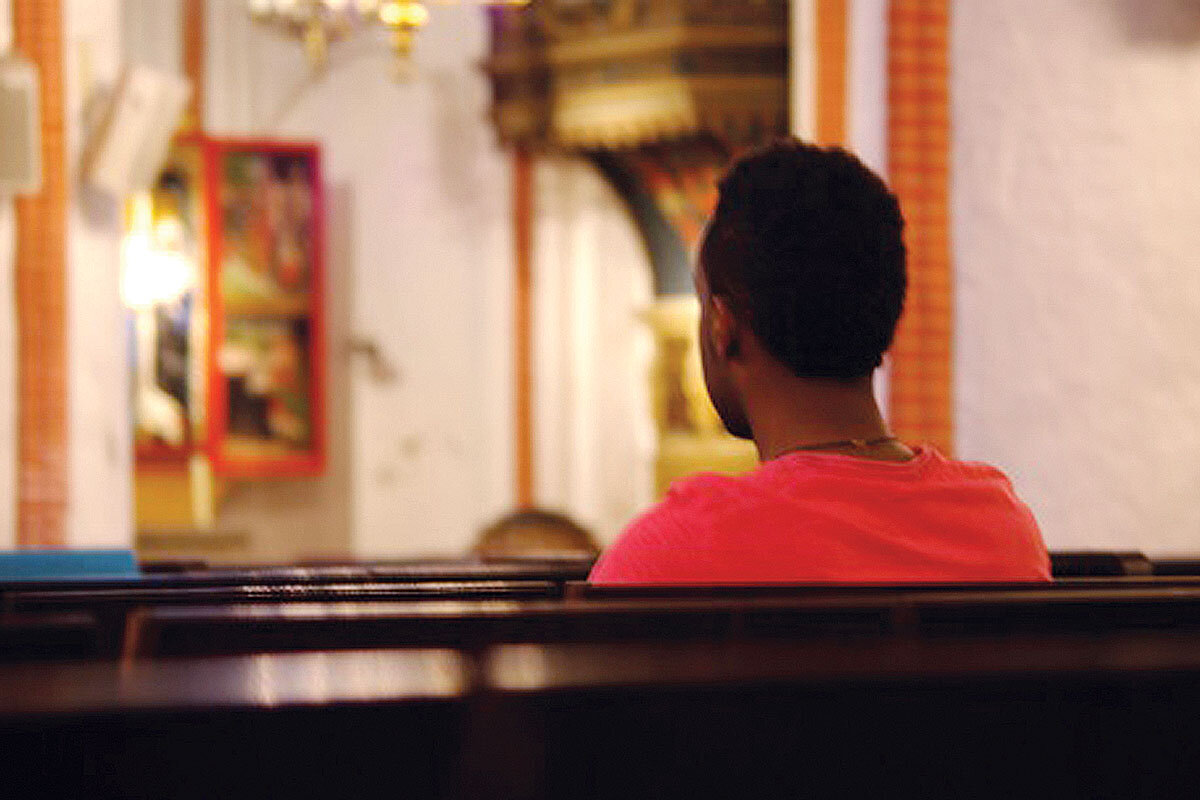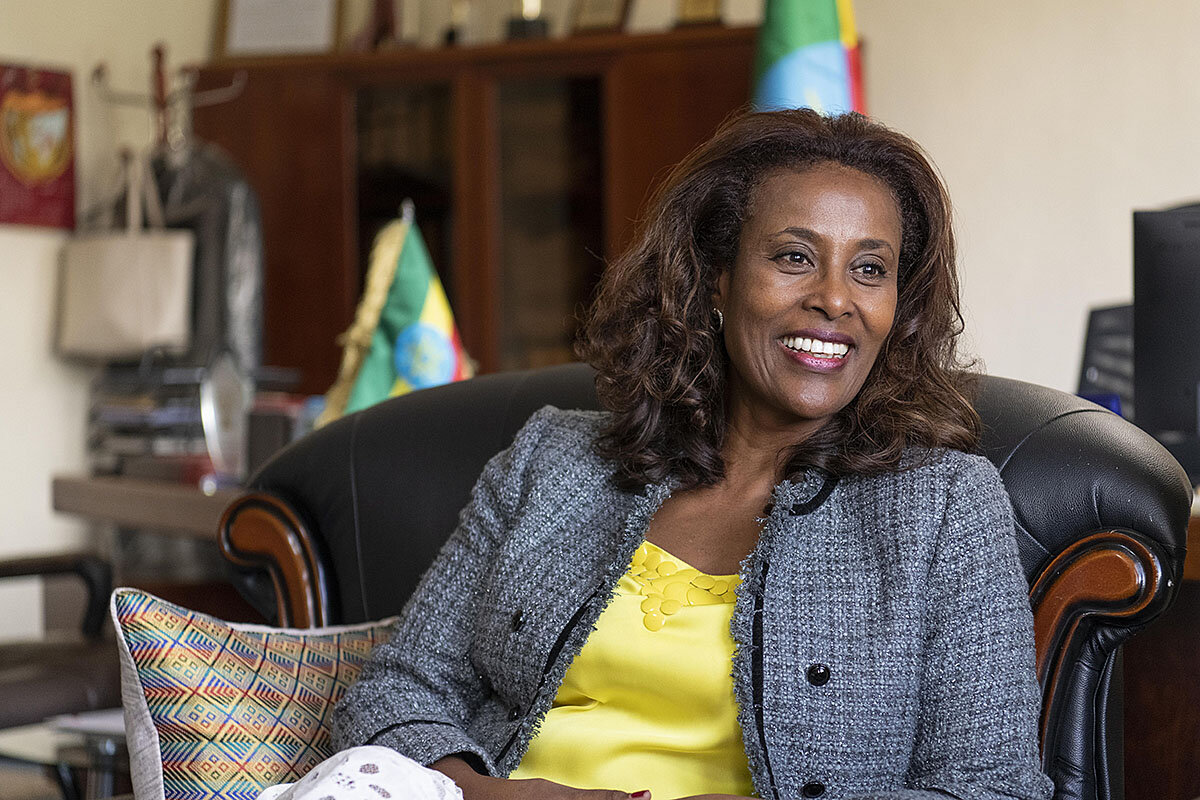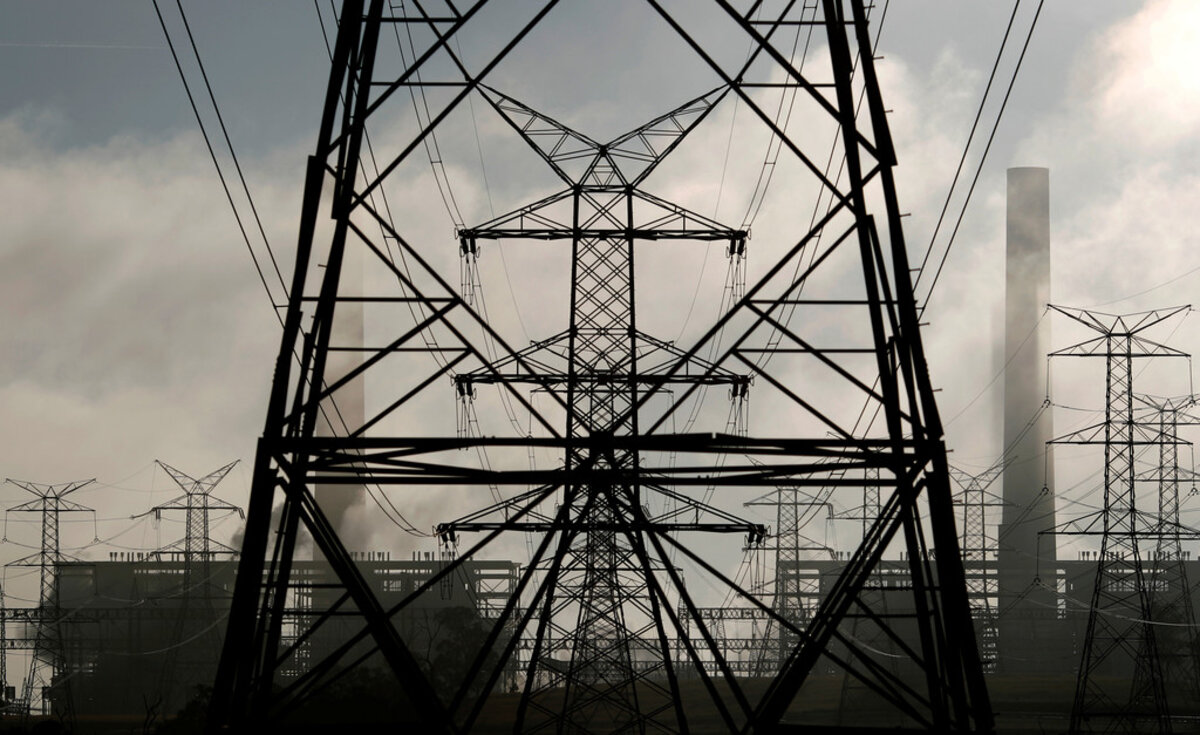For many, cars still symbolize an open-road mobility that’s part of the American dream. But the rising financial burden of car ownership may be changing that.
Monitor Daily Podcast
- Follow us:
- Apple Podcasts
- Spotify
- RSS Feed
- Download
 Amelia Newcomb
Amelia Newcomb
Looking around at commencement exercises this weekend, of which there were many, it was hard to miss the emphasis on community – on the village that helps bring graduates to that special day, and the village that those graduates should aspire to join.
At The George Washington University in Washington, D.C., an MBA graduate spoke of the acts of generosity that helped her overcome loneliness and thrive far from her home in India. At the Benjamin Franklin Institute of Technology in Boston, Honduran immigrant Regis Lino-Kelly spoke of wanting to mirror the support he got as he moved from starting school unable to speak English to graduating with a bachelor’s degree in engineering and a great job. “It’s not just about us,” he said. “It’s about making sure our community is taken care of as well.”
And then there is Robert Smith. At Morehouse College, a historically black school for men, the billionaire private equity entrepreneur astonished graduates by announcing he would pay off their loans with a $40 million grant. And, he told the Class of 2019, he expected them to give back through hard work and character. “That degree is a social contract,” he said. “More than the money, the awards, the recognition ... we will all be measured by how much we contribute to the success of the people around us.
“We have all the opportunities of the American dream. ... [We] will show it to each other through our actions and through our words and through our deeds.”
I encourage you to listen to Mr. Smith’s powerful commencement address, which you can find here. And now, we’ll turn to our five stories, which look at challenges involving activism, equity, and democratic engagement.










